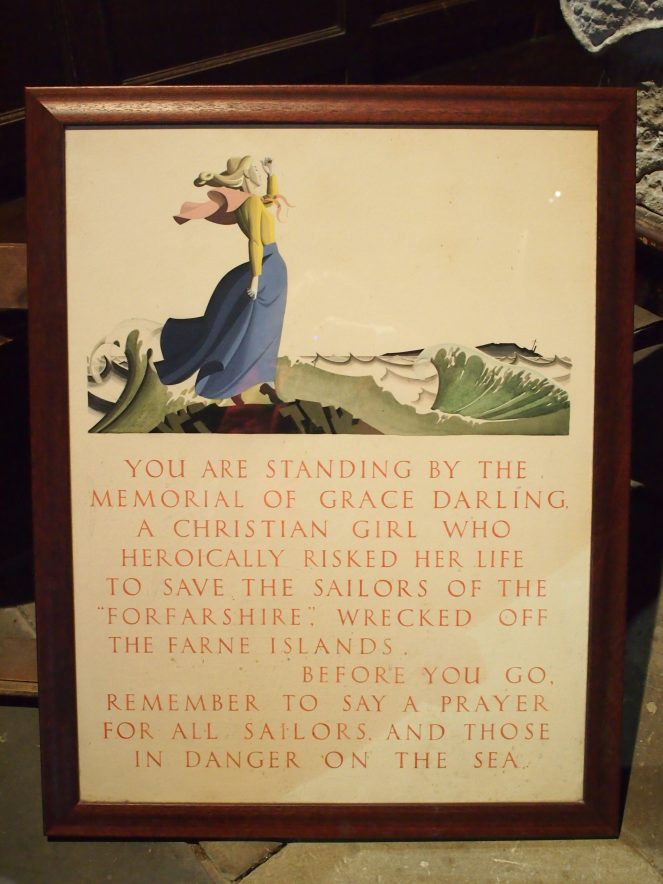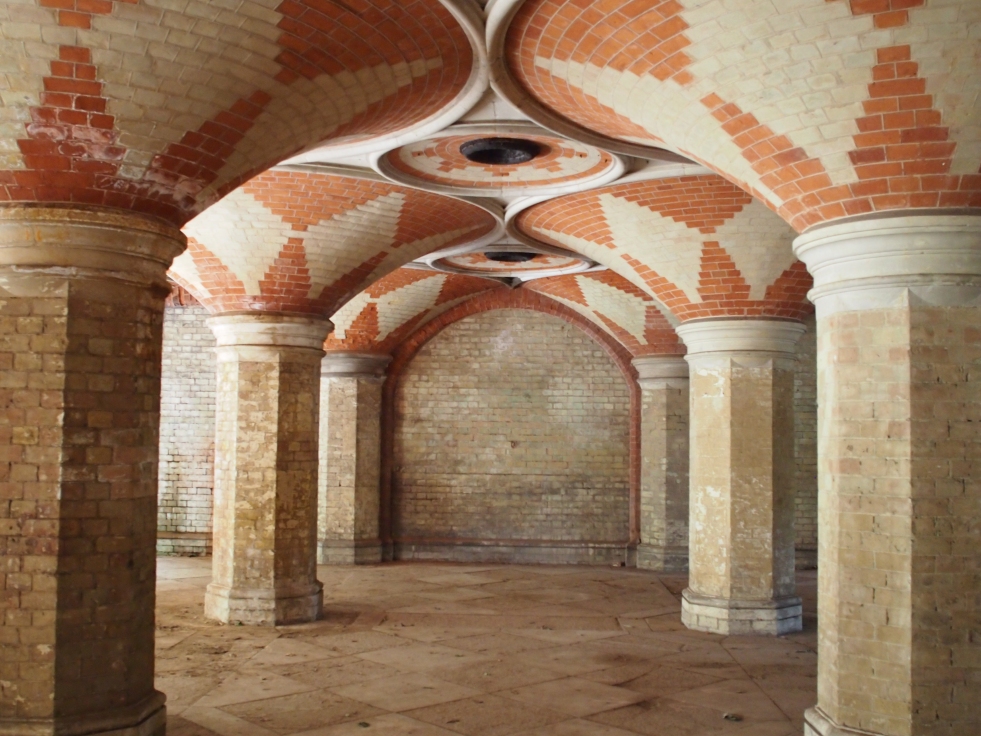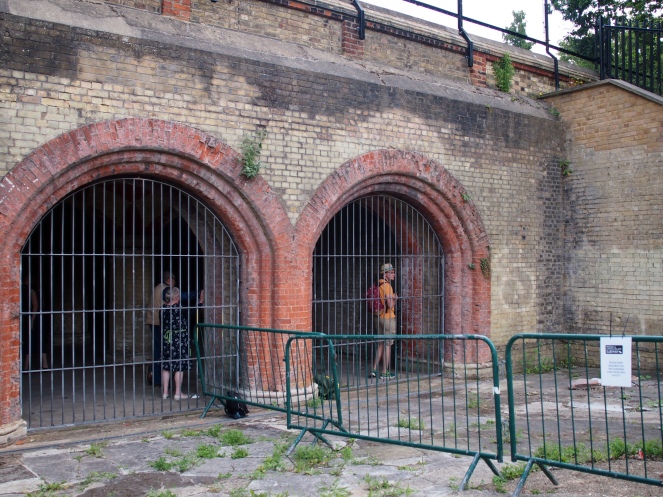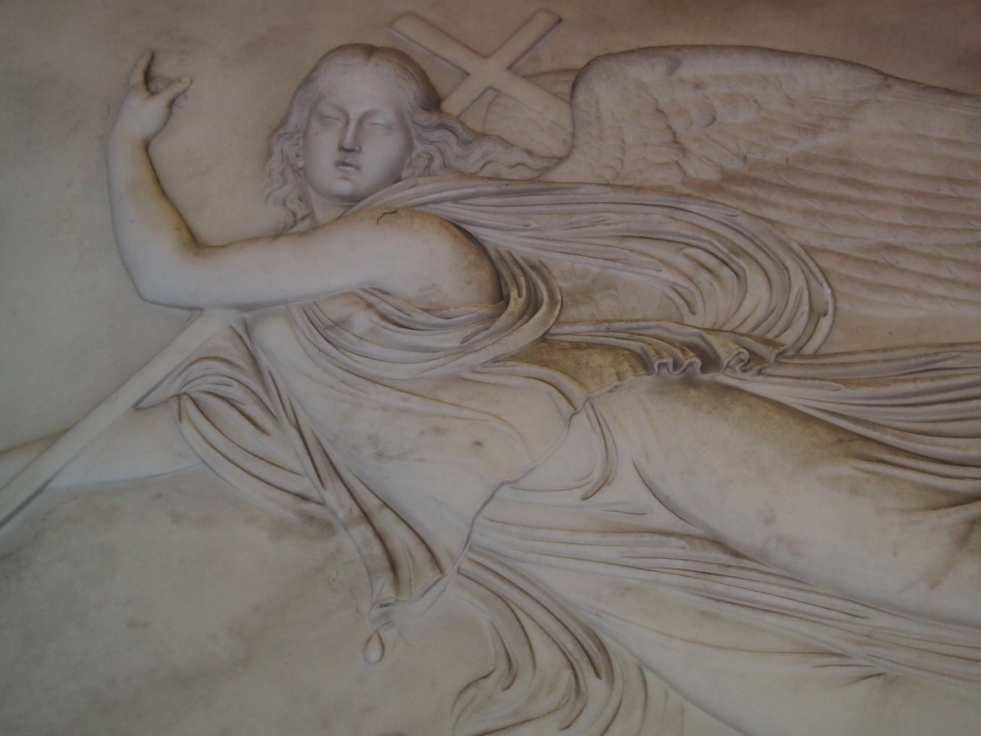Although the Northumberland village of Bamburgh is dominated by the fortress that has stood on its cliffs since the 7th Century, one figure who looms large in the area’s history is not a king or a warrior, but an ordinary woman whose act of bravery in 1838 made her internationally famous. Grace Horsley Darling’s role in the rescue of sailors from the wrecked vessel Forfarshire in September 1838 was widely covered by the media both in Britain and further afield, and led to an outpouring of donations, gifts and even offers of marriage. The veneration of Grace Darling was not unlike the cults that grew up around many medieval saints, with souvenirs featuring her likeness being sold, items belonging to her and her family put on display or up for sale, and songs and poems being written about Grace and her deeds. Despite her untimely death from tuberculosis at the age of 26, Grace remained a well-known figure, celebrated for her bravery and her Christian values. The fame of Grace Darling provides a fascinating insight into the way that the 19th Century media helped to create modern-day heroes, and how Grace’s character reflected the period’s idea of the virtuous woman.
 Continue reading “Remembering Grace Darling: heroine and Victorian media sensation”
Continue reading “Remembering Grace Darling: heroine and Victorian media sensation”


















